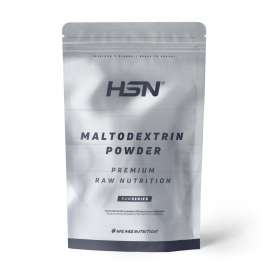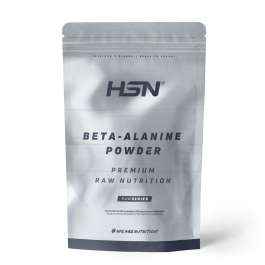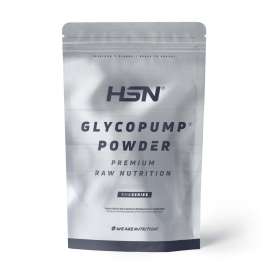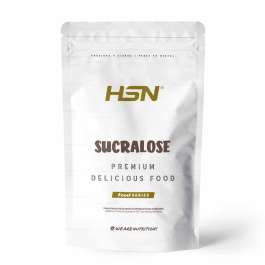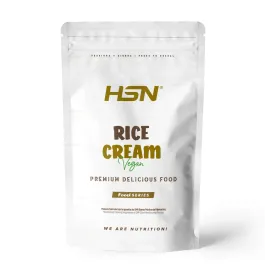
FRUCTOSE POWDER
Pure vegetable fructose powder. RAW format suitable for vegans, without additives. 70% sweeter than table sugar. Low Glycemic Index. Microcrystalline micronised texture.




- 100% fructose.
- Alternative to table sugar (sucrose).
- Vegetable origin, suitable for vegetarian and vegan diets.
- Sweetens and provides energy for training.
Table of contents
What is Fructose?
Fructose powder by RawSeries is a food, 100% crystalline fructose, obtained from the degradation of corn.
Fructose is a simple carbohydrate, a monosaccharide with a sweetening power of 1.7-2.0 compared to the standard 1 of sucrose, so it has a 70% to 100% higher sweetening power than table sugar. This is useful for reducing the net calorie content of beverages.
Fructose powder is a food that is 100% suitable for vegetarians and vegans, which comes from the enzymatic degradation of corn starch and therefore has a vegetable origin.
Fructose Properties
Fructose
- Consumption of fructose-containing foods leads to a lower elevation of blood glucose compared to foods containing sucrose (sugar) or glucose.1
Why take Fructose?
Great substitute for white sugar
Firstly, because it has greater sweetening power, specifically, it is 0.7-1 sweeter than table sugar, making it a great option for culinary use, as it will allow you to sweeten the same, with less quantity, and therefore fewer calories.
Why buy Fructose in HSN?
100% Pure
Fructose Powder by HSN is a food, it only contains fructose and nothing else.
Free from colourings, preservatives, anti-caking agents and food additives. 100% crystalline fructose.
Vegetal
Fructose powder is suitable for vegetarian and vegan diets.
It comes from the fermentation of maize sugars, without Genetically Modified Organisms. 100% vegetable.
Good solubility
Fructose dissolves easily in water and is suspended even in cold media.
How does Fructose taste?
Fructose has an intensely sweet taste.

Bibliographical references
- Boron, W., Boulpaep, E. (Eds.) (2017) Medical physiology: a cellular and molecular approach Philadelphia, PA: Saunders/Elsevier.
- Jeukendrup, A. E. (2004). Carbohydrate intake during exercise and performance. Nutrition (Burbank, Los Angeles County, Calif.), 20(7–8), 669—677.
- Mohan Rao, L. J., & Ramalakshmi, K. (2011). Ingredients of soft drinks. In L. J. Mohan Rao & K. B. T.-R. T. in S. B. Ramalakshmi (Eds.), Recent Trends in Soft Beverages (pp. 189–209).
Complementary scientific studies
- Luo, S., Monterosso, J. R., Sarpelleh, K., & Page, K. A. (2015). Differential effects of fructose versus glucose on brain and appetitive responses to food cues and decisions for food rewards. Proceedings of the National Academy of Sciences, 112(20), 6509–6514.
- McGuinness, O. P., & Cherrington, A. D. (2003). Effects of fructose on hepatic glucose metabolism. Current Opinion in Clinical Nutrition and Metabolic Care, 6(4), 441–448.
- Vargas E, & Carrillo Sepulveda MA. (2019) Biochemistry, Insulin Metabolic Effects. StatPearls [Internet]. Treasure Island (FL): StatPearls Publishing.
1 Glucose and/or sucrose should be replaced by fructose in sugar-sweetened foods or beverages so that the reduction of glucose and/or sucrose content in such foods or beverages is at least 30%.
Nutritional FactsFRUCTOSE POWDER 1Kg |
| per 100gper serving |
| Serving size: 1 scoop of 30ml (35g) | ||
| Servings per container: 29 | ||
| Amount per 100g | ||
|---|---|---|
| Energy Value | 1700kJ/400Kcal | |
| Fat | 0g | |
| of which saturated | 0g | |
| Carbohydrates | 100g | |
| of which sugars | 100g | |
| Proteins | 0g | |
| Salt | 0g | |
| Protein calculated in dry matter (nitrogen *6.25) |
Ingredients
Crystalline fructose.
Warnings
Keep in a cool and dry place. The scoop/product quantity equivalences (grams or milligrams) are indicative, as the density of powdered products may vary between flavours and batches. We recommend the use of a kitchen scale in cases where precise dosing is required. It is necessary to maintain a varied and balanced diet and a healthy lifestyle. Health claim awaiting European authorization.

How to take FRUCTOSE POWDER 1Kg
Mix 1 scoop of 30ml (35g) with 150-200ml of water. The consumption of foods containing fructose leads to a lower increase in blood glucose compared to foods containing sucrose or glucose.
The product reviews and opinions published reflect only the customers’ views and experiences. HSN does not verify or endorse such comments or claims, and is not responsible for the content provided in the reviews. Statements regarding food supplements have not been evaluated by the EFSA (European Food Safety Authority) and are not intended to diagnose, treat, cure, or prevent any disease or medical condition.
The product reviews and opinions published reflect only the customers’ views and experiences. HSN does not verify or endorse such comments or claims, and is not responsible for the content provided in the reviews. Statements regarding food supplements have not been evaluated by the EFSA (European Food Safety Authority) and are not intended to diagnose, treat, cure, or prevent any disease or medical condition.
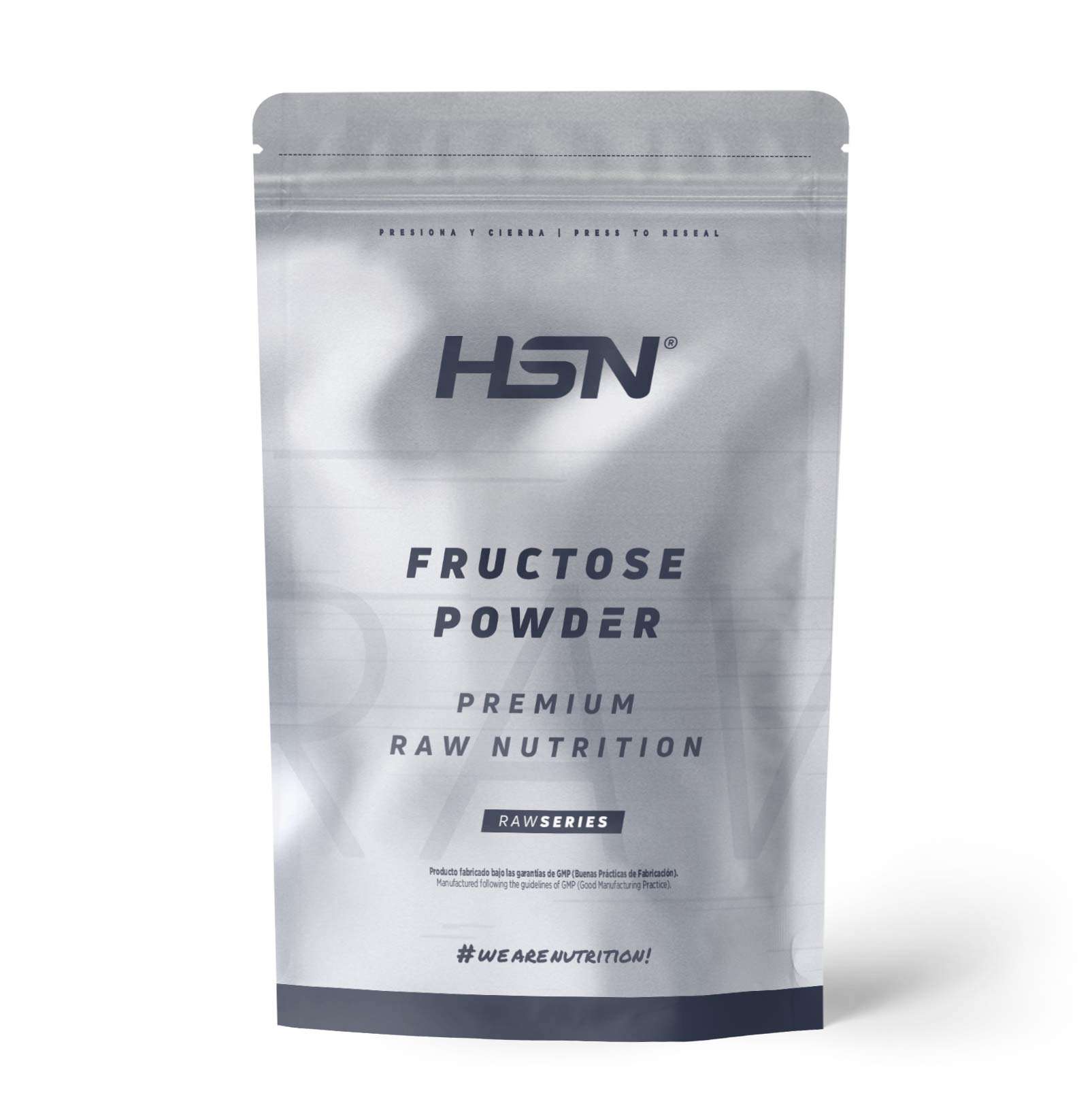
A satisfied customer says:
Good plus in training
Manu 07/07/2023
Right now I use it as an intra-workout with dextrose and amylopectin, and it is true that I notice a plus of energy in long workouts.
Show original language
A critical customer says:
Good sweetener
López 08/05/2022
It's not bad for sweetening, although I prefer others.
Show original language-
Quality price
Diego 08/01/2026
Very good value for money, fulfills the indicated to perfection. I would buy again.
Show original languageWas the review helpful? Be thefirst one to rate the review -
Guaranteed efficiency
Miguel 20/12/2025
Together with maltodrextina they make a very good balance, I always buy it here, quality price month than effective.
Show original languageWas the review helpful? Be thefirst one to rate the review -
Perfect intra-workout
Ruth 29/11/2025
Perfect together with maltodextrin to prepare our intra-workout and continue with energy during training. We have been using them for months and it is very noticeable that you don't get a drop in energy.
Show original languageWas the review helpful? Be thefirst one to rate the review -
Good product
ramon 16/10/2025
I use it to make my own hypotonic, isotonic and hypertonic drinks and it works great.
Show original languageWas the review helpful? Be thefirst one to rate the review -
It is very well
Marta 10/10/2025
I use it for my training and for my races and it suits me very well, it is of high quality, and I recommend it for athletes.
Show original languageWas the review helpful? Be thefirst one to rate the review
No reviews found with filters applied.
{title}
{nickname-date}
{detail}
{review-link} EN - EUR
EN - EUR Albania
Albania  Austria
Austria  Belgique
Belgique  Bosnia and Herzegovina
Bosnia and Herzegovina  Bulgaria
Bulgaria  Canadá
Canadá  Chile
Chile  Chipre
Chipre  Corea (la República de)
Corea (la República de)  Croacia
Croacia  Czechia
Czechia  Denmark
Denmark  Deutschland
Deutschland  Eslovaquia
Eslovaquia  Eslovenia
Eslovenia  Estonia
Estonia  Finland
Finland  France
France  Greece
Greece  Hungary
Hungary  Iceland
Iceland  Ireland
Ireland  Islas Feroe
Islas Feroe  Italia
Italia  Japan
Japan  Latvia
Latvia  Lithuania
Lithuania  Luxembourg
Luxembourg  Macedonia
Macedonia  Malta
Malta  Marruecos
Marruecos  Mónaco
Mónaco  Montenegro
Montenegro  Netherlands
Netherlands  Noruega
Noruega  Poland
Poland  Portugal
Portugal  Romania
Romania  Schweiz
Schweiz  Serbia
Serbia  South Africa
South Africa  Suecia
Suecia 

 View full analysis
View full analysis 